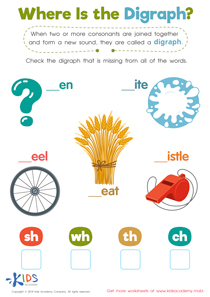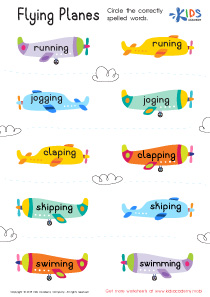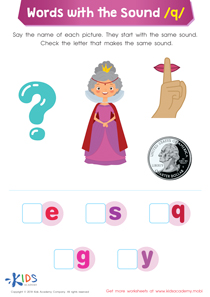Consonant Blends Worksheets for Ages 3-6
5 filtered results
-
From - To
Discover our exciting Consonant Blends Worksheets, designed specifically for children aged 3-6! These engaging, printable worksheets offer a fun and interactive way to help young learners master consonant blends, a foundational element in early reading development. Through colorful illustrations and diverse activities, children practice blending sounds, which enhances their phonemic awareness and boosts their reading skills. Each worksheet is carefully crafted to capture young minds, making learning enjoyable and effective. Perfect for classroom use or at-home practice, our consonant blends worksheets will set your child on the path to reading success! Start exploring today and watch them thrive!
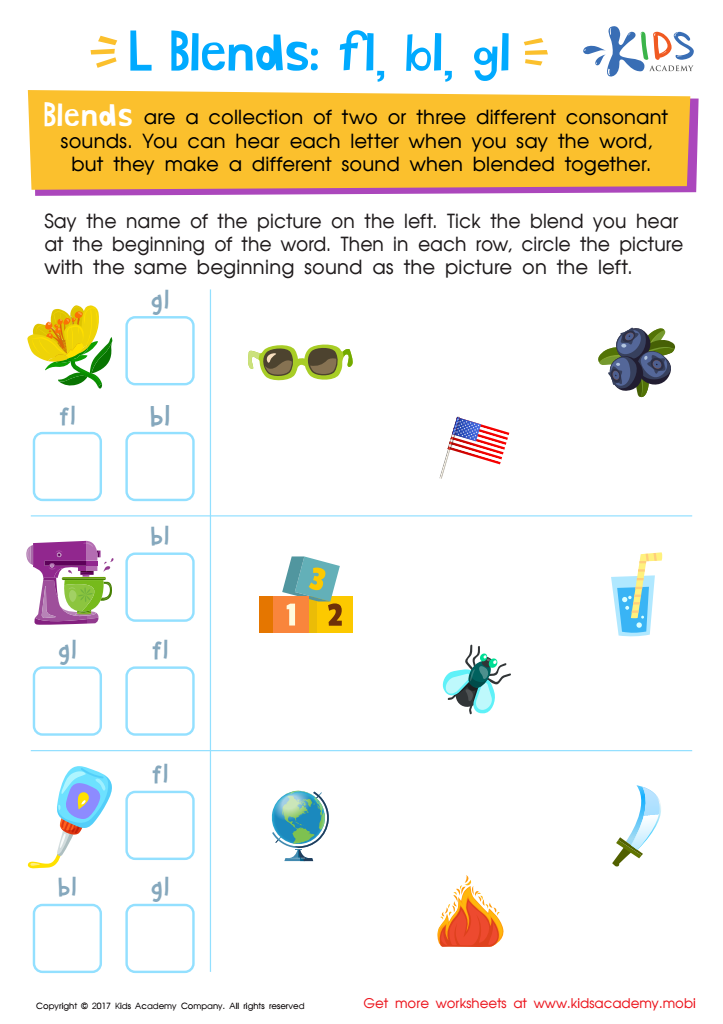

Blending Consonants: "Fl", "Bl" and "Gl" Printable
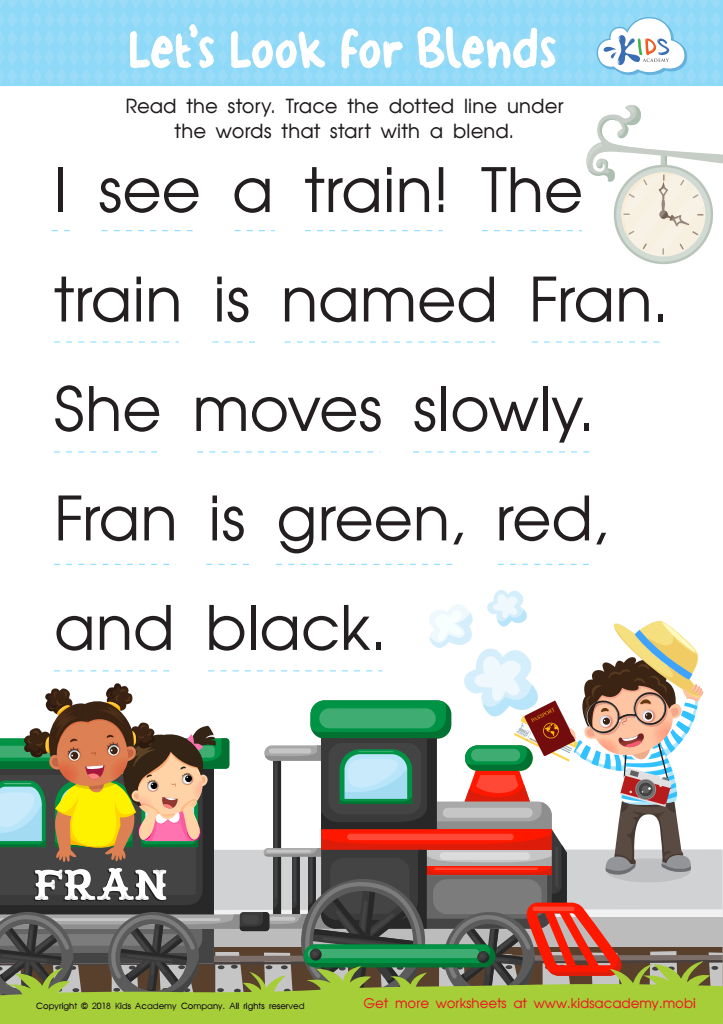

Let's Look for Blends Worksheet
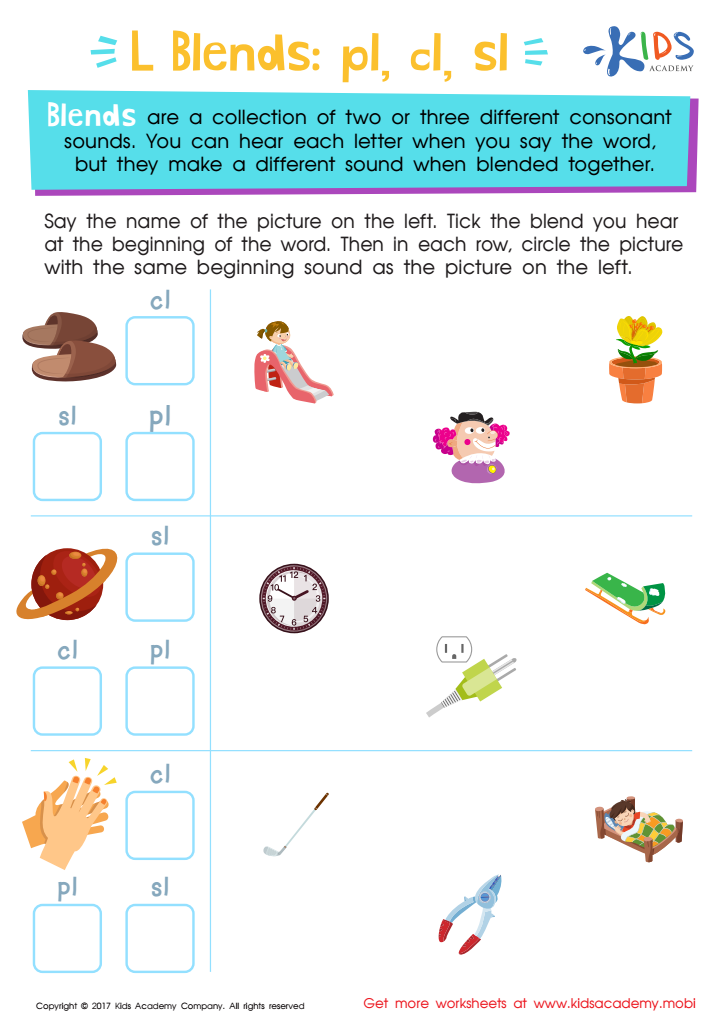

L Blends: "Pl", "Cl" and "Sl" Printable
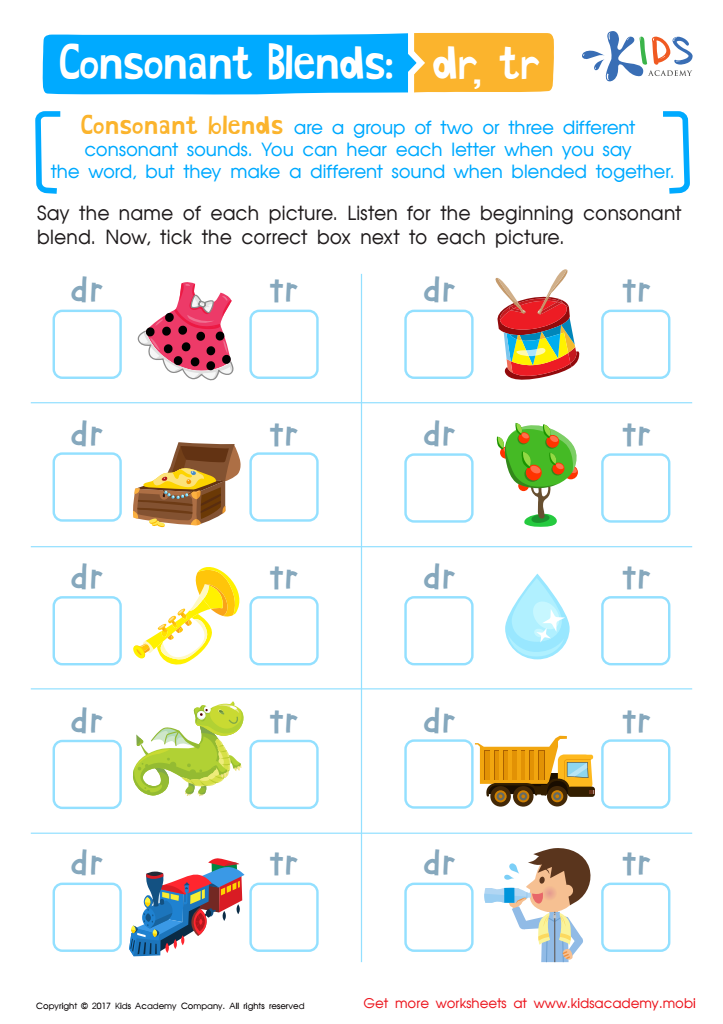

Consonant Blends: "Dr" and "Tr" Printable
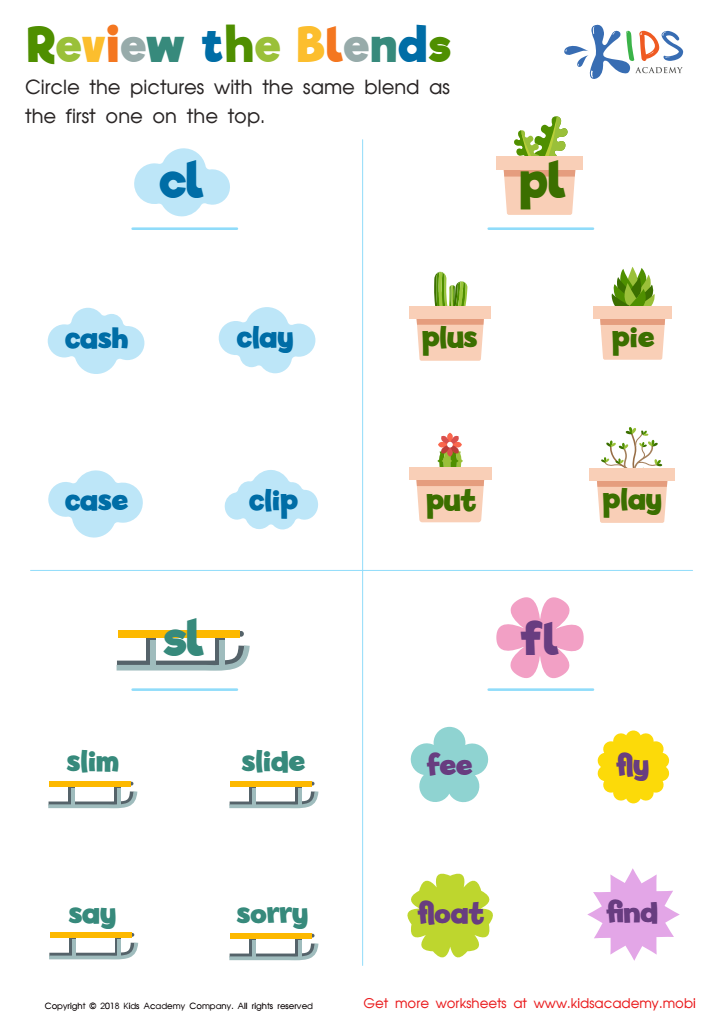

Review the Blends Worksheet
Parents and teachers should care about consonant blends for children ages 3-6 because mastering these blends is a cornerstone in early literacy development. At this formative age, children are rapidly expanding both their vocabulary and their phonemic awareness—the ability to recognize and manipulate sounds. Consonant blends, which are combinations of two or three consonants where each individual sound can be heard (like ‘bl’ in ‘black’ or ‘str’ in ‘street’), help children understand how sounds work together in words.
Learning to identify and pronounce consonant blends enhances children's decoding skills, making it easier for them to sound out unfamiliar words. This is crucial for independent reading. Being able to effortlessly read and produce these blends also boosts children's confidence and reading fluency, behaving as building blocks for more complex vocabulary and sentence structures. Furthermore, these skills support better spelling and writing abilities, setting a strong foundation for academic success.
Additionally, hands-on learning with consonant blends through games, songs, and interactive activities can make the learning process enjoyable and engaging, ensuring children remain interested and motivated. In summary, a focused approach to teaching consonant blends equips young learners with the essential tools they need for effective communication and lifelong learning.

 Assign to the classroom
Assign to the classroom



